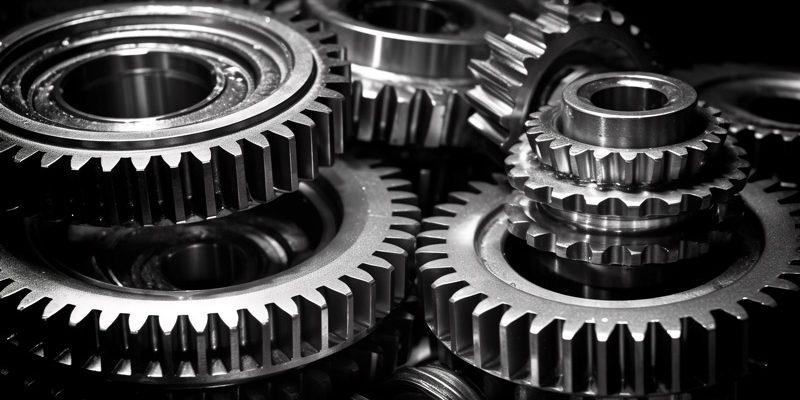Gears are the core transmission components in automobiles, and their quality can directly affect the vibration, noise and reliability of the vehicle. Gears can be CNC machined to ensure the quality and precision of the gears. The CNC machining sequence of gears should be carried out in accordance with the principle of first base milling, first rough milling and then fine milling, and first master and second.
Process each outer circle first, pay attention to the separation of rough and finish machining. After rough machining, quenching and tempering heat treatment process is carried out, and after quenching, finishing machining is carried out. Each process is separated to ensure the fineness of the final main surface, so that it will not be affected by other surface processing.
After the semi-finishing of each outer circle is completed, the rough machining of the gear tooth profile is started. Because the tooth profile processing is relatively heavy and difficult, it is appropriate to leave a margin during processing. This improves the positioning datum for finishing operations. The tooth shape finishing should be arranged after all the surface processing of the outer circle of the part is completed, so as to eliminate the deformation caused by the local quenching of the tooth shape.
In order to ensure the accuracy of the workpiece, avoid reducing the rigidity of the workpiece. The processing of the cylindrical surface should first process the large diameter cylindrical surface, and then process the small diameter cylindrical surface.
The processing of the keyway on the gear should generally be arranged after finishing turning or before fine grinding of each outer circle. Otherwise, the vibration generated by milling the keyway and intermittent cutting will affect the processing quality and damage the tool; the size of the keyway is also difficult to guarantee to avoid damage to the main machine. surface accuracy.

